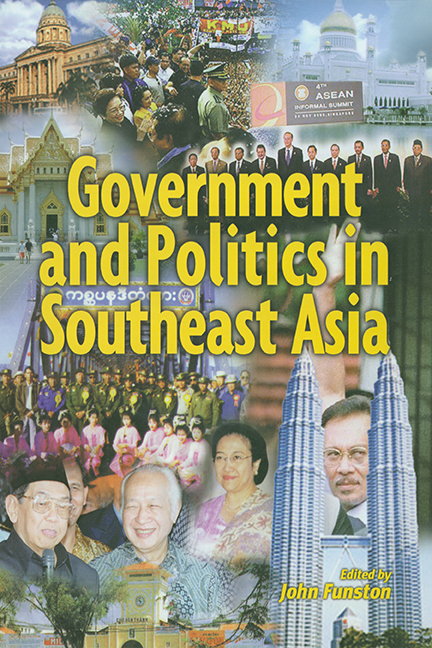Summary
Southeast Asia is a heterogeneous entity. Historians and anthropologists have discerned underlying similarities, ranging from Indian-influenced notions of society and kingship (except for the Sinicized northern Vietnam, and untouched areas of the Philippines), a common animistic underlay to Buddhist, Islamic and Christian religions, traditional occupations based largely on rice farming and fishing, rice-based diets, housing (using stilts), and social relations that, inter alia, give a relatively high status to women. But these similarities pale by contrast with the region's diversities.
When the first tentative moves towards regionalism emerged with the formation of ASEAN in 1967, the five founding members were deeply divided by history, race, language and religion. All except Thailand had been under colonial rule just one or two decades earlier, with separate masters except for British rule of Malaysia and Singapore. Malays in Indonesia and Malaysia were overwhelmingly Muslim, while those in the Philippines were predominantly Christian; Thais were Buddhist; and Chinese Singaporeans Buddhist, Taoist and Christian. Economies were fragile, particularly Indonesia's, where annual per capita income of only US$50 was less than a third that of other ASEAN partners. And Indonesia's population of more than 100 million, was over three times the size of the next largest state, and fifty times as large as Singapore. Political systems included different forms of military rule in Indonesia and Thailand, a U.S.–style presidential system in the Philippines, and Westminster-derived parliamentary systems in Malaysia and Singapore. All, however, were politically unstable, under siege from communist and ethnic opponents. Divisions within and between Southeast Asia countries — which loomed even larger when neighbours in Indochina and Burma (Myanmar) were taken into account — led commentators at the time to describe the region as the Balkans of Asia.
- Type
- Chapter
- Information
- Government and Politics in Southeast Asia , pp. 411 - 424Publisher: ISEAS–Yusof Ishak InstitutePrint publication year: 2001

